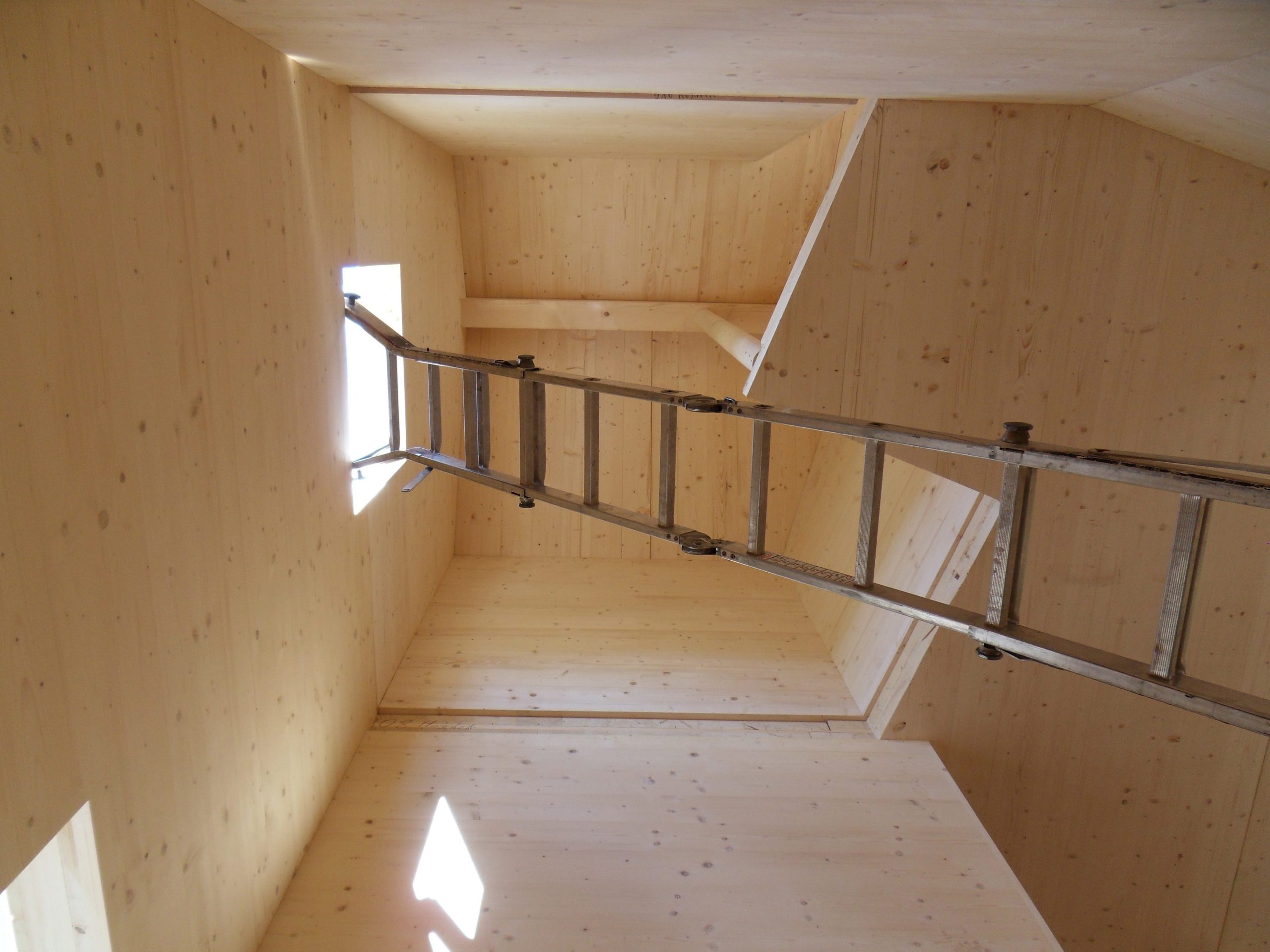From concrete and steel to bricks and bamboo, the materials used to construct the buildings people live and work in are wide and varied.
As technology develops at a rapid pace it’s perhaps counterintuitive to think that timber, a material which has been used in buildings for thousands of years, could have a role to play in the future. The reality, however, is a little different.
In Vancouver, Canada, timber has played a crucial part in the construction of a building called Ronald McDonald House. Opened in 2014 and located within the grounds of the BC Children’s Hospital, it provides accommodation for the families of children being treated for serious illnesses.
The building was designed by Michael Green Architecture (MGA) and its founder and principal told CNBC’s Sustainable Energy that it used a material called cross-laminated timber, or CLT.
“And what it is, is taking small pieces of wood, gluing them together at right angles to each other to make these giant panels, ten feet wide, sixty feet long, massive panels,” Michael Green explained.
“And what that does, by making them so big, is it allows us to tilt-up and build this building very quickly, very efficiently and very robustly, which is what we want to do. It’s a building that we want to last for centuries.”
The exterior of the wood used to construct Vancouver’s Ronald McDonald House has been wrapped in brick to protect it from the elements.
It’s the latest in a number of interesting structures using timber that have been developed in the last few years.
These include the 85.4 meter (a little over 280 feet) tall Mjøstårnet building in Norway and Daramu House in Sydney, Australia. The construction of both of these buildings used a combination of glue-laminated timber, known as glulam, and cross-laminated timber.
Back in Canada, MGA’s Michael Green sought to emphasize the potential environmental benefits of using timber in the construction process.
“Forestry is a complicated animal and (in) different parts of the world, in some places it’s not sustainable, we’re not replanting at a fast rate,” he said.
“But when we get it right – meaning we’re replanting – we can actually create a harmony where we’re growing more trees, young trees are sequestering carbon faster than old trees, and we can actually create a cycle of planting trees and using wood that actually captures more carbon than if we just left the forest as a native forest.”
As Green notes, the use of timber may be beneficial in terms of capturing carbon. But there are also concerns from some quarters regarding fire safety.
For its part, the Timber Research And Development Association states on its website that: “All forms of construction need to comply with the fire performance requirements laid down by national building regulations.”
It adds that, “timber frame dwellings have no difficulty in meeting the required levels, given correct design, standards of manufacture and workmanship,” emphasizing the importance of using both…
Read More: Timber could still have a big role to play in buildings of the future

